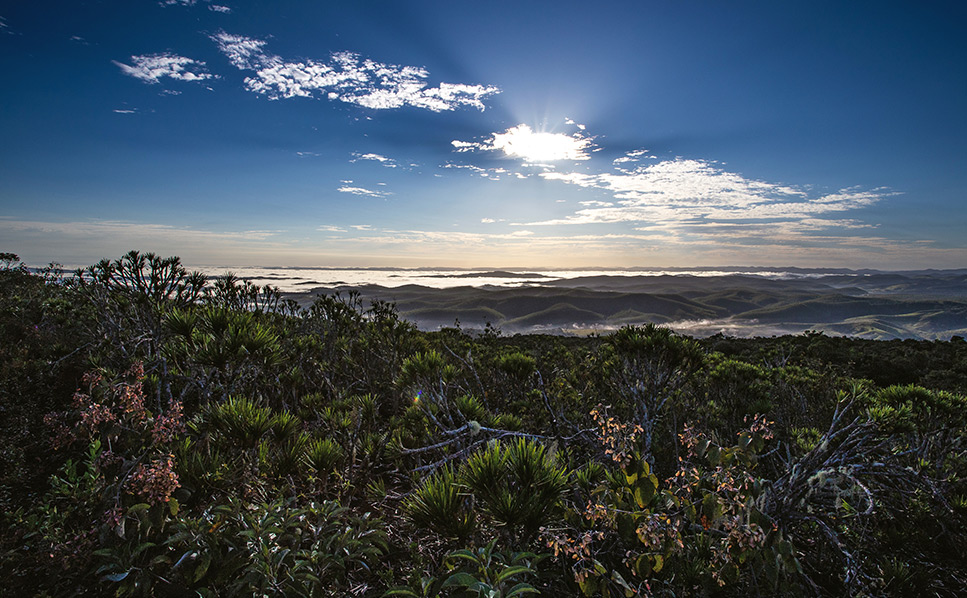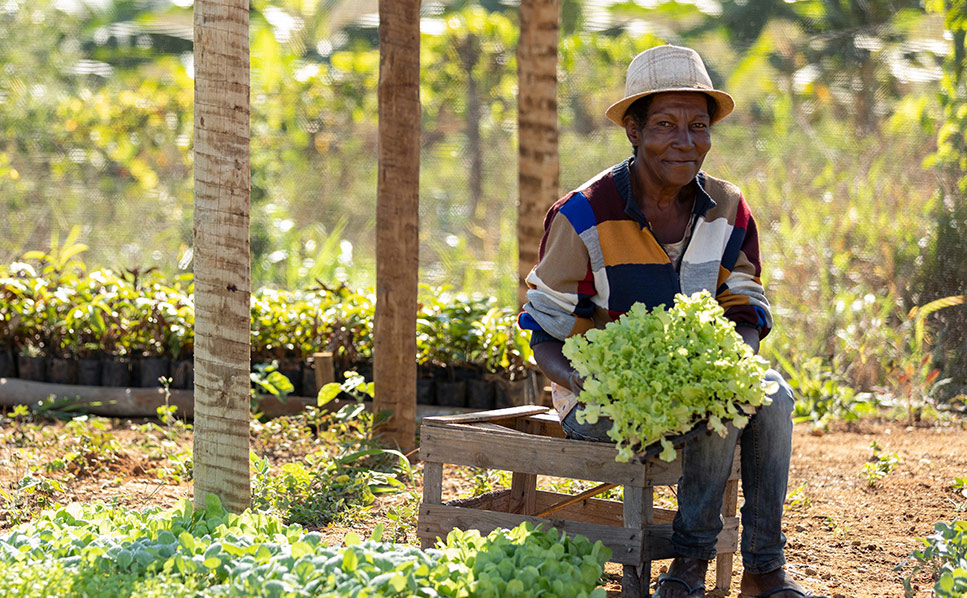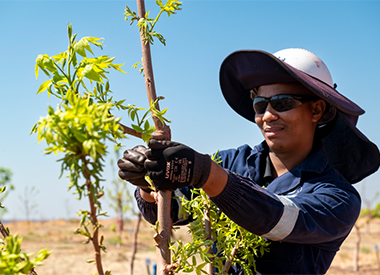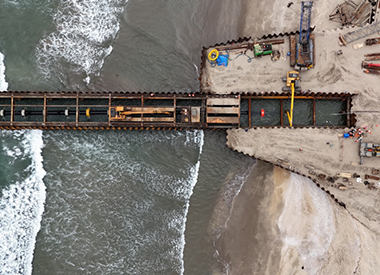Protecting the biodiversity of the Espinhaço mountain range in Brazil
In celebration of the International Day for Biological Diversity 2025, we are commemorating the work we are doing in Brazil to protect the biodiversity of the Espinhaço mountain range that surrounds our Minas-Rio operations.
Serra do Espinhaço, or the Espinhaço mountain range, located in the east of Brazil, is an area of high biological diversity. Spanning a 1,200-kilometer stretch, running roughly north and south from Xique-Xique in the sertão (hinterland) of Bahia to the Iron Ore Quadrangle in Minas Gerais – home to Anglo American’s Minas-Rio iron ore operation – the Espinhaço mountain range was recognised by UNESCO as a “Terrestrial Biosphere Reserve” in 2005. In addition to occupying a large transition area of three biomes – Atlantic Forest, Cerrado and Caatinga – Serra do Espinhaço also contains the headwaters of three of the most important Brazilian river systems: the São Francisco, the Rio Doce and the Jequitinhonha.
In line with the Healthy Environment pillar of our Sustainable Mining Plan, Anglo American is committed to protecting biodiversity in the regions where we operate. In the state of Minas Gerais alone, Anglo American maintains approximately 22,000 hectares of protected land. This land is designated for biodiversity offsetting, permanent preservation (APPs) and legal reserves, creating a patchwork of protected areas across Minas Gerais and the southern regions of the Espinhaço mountain range.
This network of protected areas has enabled the creation of ecological corridors that preserve biodiversity in the region. Supported by responsible, transparent and proactive management, these protected areas have potential to generate a Net Positive Impact (NPI) for biodiversity, meaning the environmental gains obtained by initiatives undertaken in these areas have outweighed negative impacts.
These ecological corridors allow flora and fauna the space to live and grow, and act as a form of open-air laboratory for a wide variety of plant and animal species, where they are protected and nurtured in conditions in which they can thrive. These protected areas are also crucial for the preservation of the natural water systems, including springs and water courses, that flow through the southern Espinhaço, and which in turn support the biological balance of the region.






